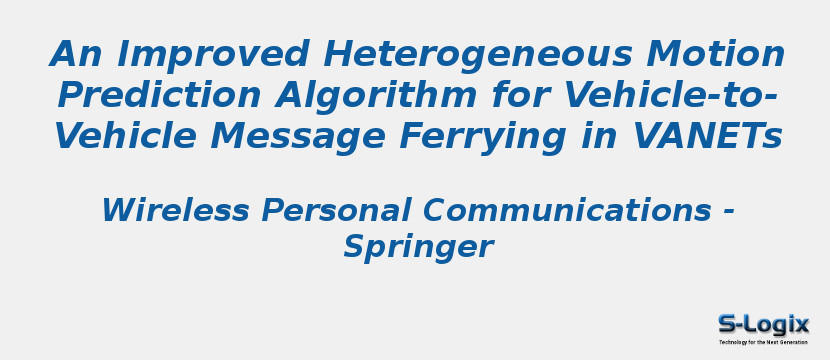Research Area: Vehicular Ad Hoc Networks
In infrastructure-less ad-hoc networks, the nodes can converse directly with other nodes without centralized servers. The vehicular networks are derived from the features of mobile ad-hoc networks (MANETs) whereas the message transmissions between the nodes are direct with each other or through some fixed terminals. But, a unique trademark is that the vehicle-to-vehicle ad-hoc links are poor because of extreme mobility which leads to frequent route breakage that causes emergency message delivery failure. The routing protocols availed in MANETS does not suit due to quick topology changes. The hop selection is based on the best cumulative communication duration that will be failing in some cases. Also, the worst/average case scenario is that the minimum connectivity to the source vehicle is not described in existing approaches. The core idea about the proposed research is to deliver data through an optimum path and to eliminate rupture link during the packet transmission. The system uses the Heterogeneous Motion Guess (HMG) algorithm for vehicular networks to set up a vested path. The HMG will select the relay vehicles current position is near to the target vehicle plus the vehicle will opt the relay forwarder that has good radio coverage. The link lifetime of the selected hop should be greater than the minimum connectivity duration with the source vehicle. The selected vehicle will append the link expiry time and minimum connectivity duration in Route Demand Dispatch message in a unicast manner. This approach significantly minimizes the hop count numbers and improves the stability of the path. It radically predicts the link life, so the node can decide an alternative vested route. The simulation result shows how well the reactive demand-based HMG affords optimum results in terms of packet transmission success rate, average minimum hop counts, and communication delay.
Keywords:
Author(s) Name: S. Srithar,N. M. Saravanakumar
Journal name: Wireless Personal Communications
Conferrence name:
Publisher name: Springer
DOI: 10.1007/s11277-020-07248-8
Volume Information: volume 113, pages 695–714 (2020)
